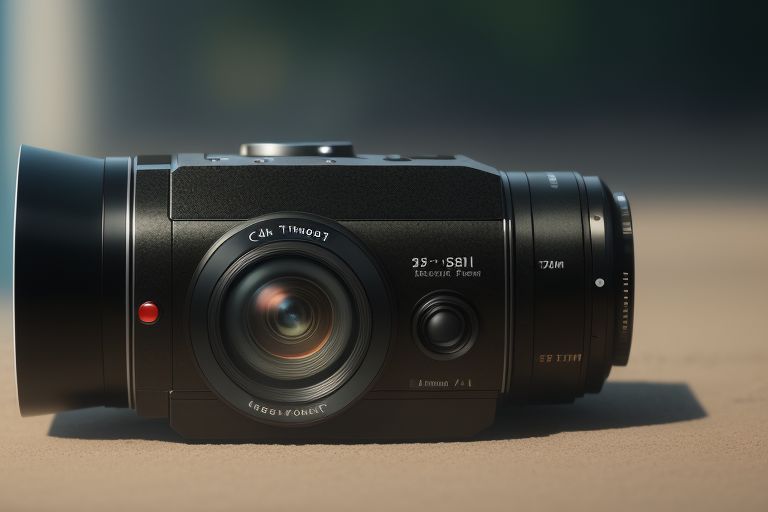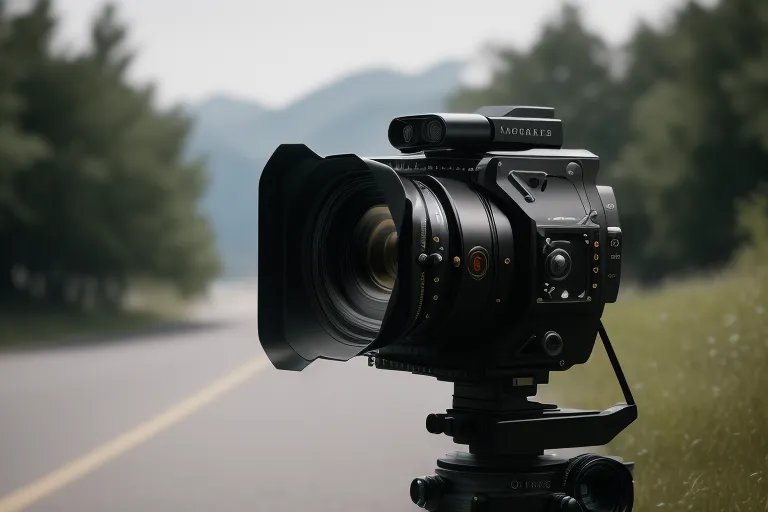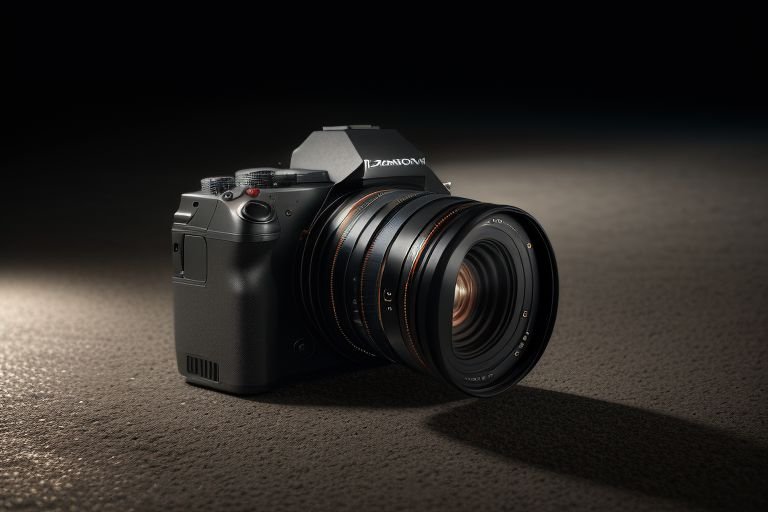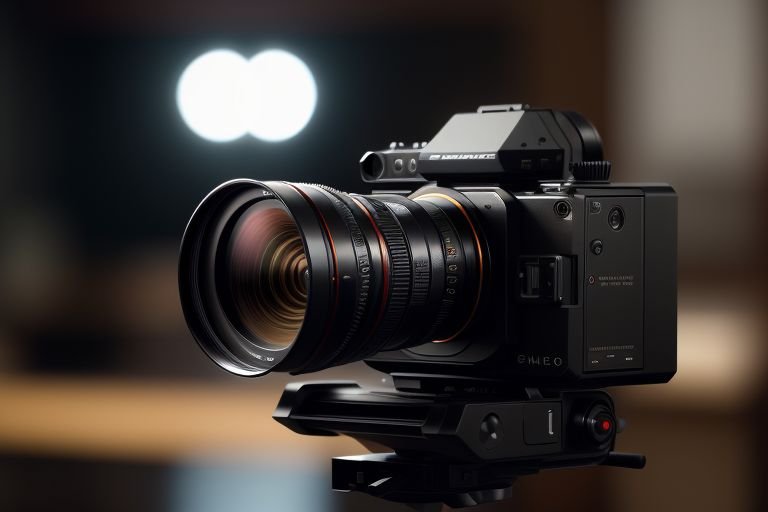As a photography enthusiast, you’ve probably heard of the term “shutter count,” especially if you’re interested in buying or selling used cameras. The shutter count is an essential factor in determining a camera’s life expectancy and overall health.
But what exactly does it mean, and what happens when a camera reaches its shutter count limit? Let’s dive into this topic and shed some light on the significance of the shutter count.
Understanding the Concept of Shutter Count

Peeling back the layers of the term “shutter count,” it’s easier to comprehend when you liken it to the odometer on your vehicle. Each click of the shutter, each beautiful moment captured, is akin to a mile driven, incrementing the count by one.
Referred to as “actuations” in camera parlance, shutter count tallies every time the shutter unveils the camera sensor to light. It’s a dance of exposure, with the shutter lifting and descending with each click, enabling your camera to capture the visual spectacle in front of it. This cycle repeats each time you press the shutter release button, adding to the shutter count.
So, just like a car with high mileage showing its extensive use, a high shutter count indicates a well-used camera. But what does that mean for the life of your camera? Let’s delve deeper into that in the following sections.
The Importance of Shutter Count in the Life of a Camera

Think of your camera as a trusty companion that’s been with you through thick and thin, capturing the breathtaking, the mundane, the jubilant, and the melancholy. Now imagine a heart embedded in this device, beating with each click – this is the shutter. Just like a heart, it wears out over time, giving a finite lifespan to your photographic ally.
Each manufacturer estimates a camera’s life cycle, the number of beats this heart can take, before it starts to falter. This number could be anywhere from 50,000 to a whopping 500,000 clicks, depending on the make and model. This predicted lifespan helps us gauge when our camera may require some TLC or even a heart transplant, i.e., repair or replacement.
Remember, though, these numbers are not chiseled in stone; they’re merely signposts, warnings for us to start paying more attention to our cameras’ performance.
It’s essential to keep in mind that every snapshot you take is one beat less for your camera’s heart, making shutter count a critical health check for your device. So the next time you hear the comforting click of your camera, remember the heart beating inside it.
What Happens When the Shutter Count Limit is Reached?

Does your camera reach its shutter count limit and abruptly cease to function? It’s not quite as dramatic as that. The moment a camera hits its forecasted shutter lifespan, the probability of shutter failure rises, although it doesn’t necessarily mean the device will instantly become inoperative.
In fact, many cameras gracefully outlive their predicted shutter life, clicking away without any problems, while some might face issues even before reaching the so-called limit.
It’s important to note that these are estimated values, and just like human bodies, some cameras might have stronger ‘hearts’ than others, pushing past the expected lifespan.
While the count serves as a helpful marker to gauge camera health, it doesn’t definitively predict the exact moment your camera might need a repair. Hence, while the ticking shutter count might make you apprehensive, remember that it’s not a countdown timer to your camera’s demise.
The Consequences of Shutter Failure
When the shutter reaches its twilight, the symptoms can vary. Some cameras might suffer from the equivalent of a cardiac arrest – a shutter jam. This malfunction causes the shutter to stutter in its dance of exposure, failing to fully open or close.
The result? Images cloaked in darkness or blindingly overexposed. For some, the shutter’s once sprightly tempo may start to lag, causing a decline in the image sharpness and overall quality due to slower shutter speeds.
In the most severe cases, the shutter might freeze altogether in its last pose, a finale that leaves the camera non-functional. It’s key to remember that while shutter failure can strike a dissonant chord in your photographic journey, it doesn’t necessarily spell the end.
With the right care and maintenance, your camera’s performance can still hit the high notes. So, even as the shutter count ticks upward, keep capturing those priceless moments, for each click is a testament to your shared journey with your camera.
How to Check Your Camera’s Shutter Count
Curious about your camera’s shutter count? Fear not, it’s not a closely guarded secret held by the manufacturers. There are many handy online tools and software available to reveal this information.
All you need is a recent photograph taken from your camera. Here’s how it works: when you snap a picture, your camera embeds a plethora of data into the image file, including the shutter count.
Simply upload this photo onto the tool’s platform, and voila, it will extract the shutter count from the metadata. Some camera brands even have specific software that shows the shutter count among other details. It’s that simple!
However, be sure to use a reliable tool and understand that the data provided is an approximation. Now that you’re equipped with the knowledge to check your camera’s heartbeat, remember to do so periodically. After all, prevention is better than cure!
The Importance of Regular Maintenance
Just as a healthy lifestyle can lead to a longer, happier life, the same principle applies to your camera. Regular maintenance is the workout routine your camera needs to keep it in top-notch condition. Think of it as the equivalent of visiting the gym, where you tune up and keep everything running smoothly.
For instance, frequent sensor cleaning is akin to a refreshing, revitalizing shower after a grueling workout, essential to ensure every pixel you capture is crystal clear. Regular updates to your camera’s firmware are as crucial as a balanced diet, providing the nourishment for it to operate at its best.
Professional inspections, much like regular health check-ups, can spot early signs of potential problems before they spiral into major issues, thereby nipping them in the bud. This can ensure your camera lives a longer, healthier life, free from the crippling problems that can arise from negligence.
Finally, every beat of your camera’s heart matters. Be mindful of your shutter releases. Overuse, akin to over-exercising, can cause unnecessary wear and tear, shortening the life of your shutter.
So, save those clicks for the moments that truly count. After all, each heartbeat of your camera should capture a beat of life. In essence, regular maintenance is the key to keeping your camera’s heart beating strong.
Bottom Line: The Limit is Just a Number
The shutter count might appear to be a ticking time bomb for your camera’s functionality, but it’s important to see it for what it is – a simple metric. It offers insight into your camera’s overall health, but it certainly doesn’t dictate an impending doom.
Much like the age of a person doesn’t solely determine their health, the shutter count alone doesn’t solely determine your camera’s lifespan. A camera’s life hinges on various aspects such as the manner in which it’s used, the maintenance it receives, and the conditions in which it’s stored.
Think of it as part of a broader check-up for your beloved photographic companion. A well-nourished and well-taken-care-of camera, just like a well-nourished and well-taken-care-of individual, often surpasses expectations, snapping away well past its predicted shutter life.
The secret to longevity lies not in obsessing over the shutter count, but in caring for your camera holistically. So, let your focus be on capturing the magic around you, while being mindful of your camera’s needs. After all, in the world of photography, the ‘limit’ is but a mere number in the grand scheme of things.


